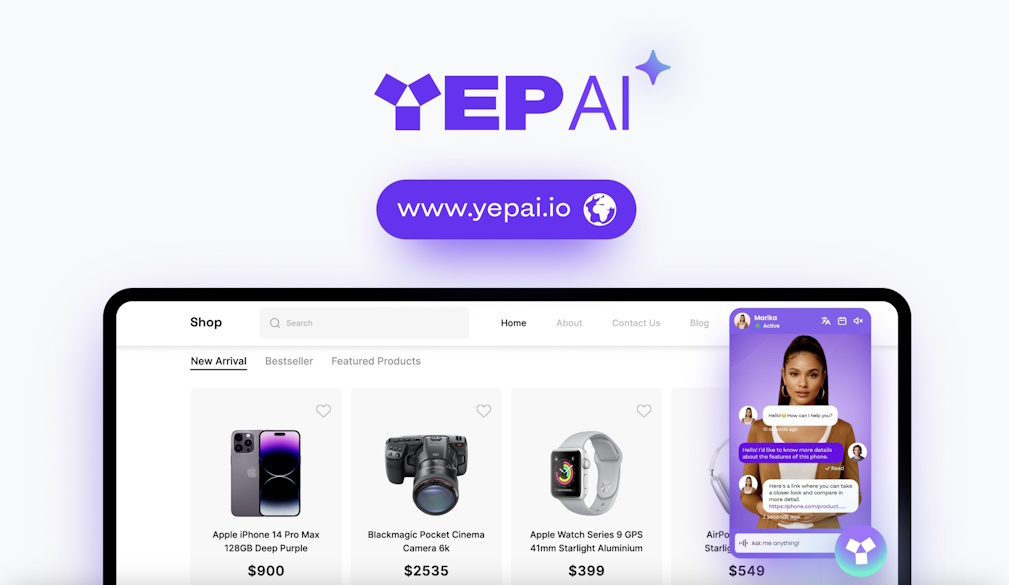QANTAS pays women 37% less, Telstra and BHP 20%. Fifty years after equal pay laws, we still have a long way to go
- Written by Angela Jackson, Lead Economist, Monash University

Men continue to outstrip women in the salary stakes, with men’s median annual salary $11,542 greater than women’s, according to newly released data for Australian private companies. It’s a gap of 14.5%, down from last year’s 15.4%[1].
Men’s median annual base salary in 2022-23 of $79,613 compares to $68,071 for women.
When bonuses and overtime are added - common for high-paying jobs mostly held by men - the gap in total remuneration widens to $18,461, equivalent to 19% and hardly budging from the previous year’s 19.8%[2]).
This is the first time that the Workplace Gender Equality Agency, which annually reports gender pay gaps by industry, has released the names of actual companies and the differences in what they pay male and female employees.
In this year’s snapshot[3] released on Tuesday, the difference is largest in male-dominated industries (including mining, construction and utilities), with a gender gap in base salaries of 17.5%.
The WGEA[4] data is based on the median of workers’ annual salaries in all large private companies in Australia. The agency includes all workers and converts the numbers into full-time equivalent earnings.
The gap, highlighted in these figures, is the difference between what men and women in each company earn overall, as opposed to the differences between what they are paid for doing the same job.
While the latest ABS figures[5] for average weekly earnings released last week show women’s wages are improving, they are still lagging behind men.
Which industries and companies?
Companies have been required to report their gender pay gap to the WGEA for the past decade, but until now, these statistics relating to individual businesses have not been made public.
New laws mandating the publication of numbers mean we can now dive deeper into company spreadsheets and find out the size of the gender pay gap for every private organisation in Australia[6] with more than 100 employees.
This data reveals that we can’t typify companies by industry. There are bad performing companies - as well as good performers - across all industries.
Among Australia’s biggest employers, the retailers had relatively low gaps in total remuneration, with Woolworths reporting 5.7%, Coles 5.6%, and Wesfarmers 3.5%.
The mining companies had much bigger gaps, with BHP Group reporting 20.3%, and Rio Tinto 13.5%.
Qantas reported 37% and Telstra Group 20.2%.
This new transparency is part of reforms[7] passed last year to the Workplace Gender Equality Act 2012, designed to spur companies to take more action on gender equity.
Of the almost 5,000 companies included in the WGEA report, almost 1,000 have a gender pay gap in median base earnings exceeding 20%.
About 350 of these have a gap of over 30% and for about 100, the gap is greater than 40%.
At the other end of the scale, there are about 1,000 companies where the pay gap favours women. These companies deal mainly in health, education and disability services where the high concentration of women means that senior roles are likely to be held by women.
Who does this data empower?
Pay gap transparency places public pressure on employers to do something about their gender pay inequities.
It equips employees with more information to take into their salary negotiations. This tackles the problem of “asymmetric information” where employers know where each worker sits on the pay scale, but employees don’t.
Read more: Now you're able to look up individual companies' gender pay gaps[8]
Transparency gives customers and investors more information about whether a company is an equitable employer. They can use this new knowledge to make decisions about which companies to do business with.
This data empowers the whole Australian community. Any member of the public can go to the WGEA data explorer[9] and search for any large private sector company to see the magnitude of their gender pay gap.
Supermarkets, banks, telecommunication companies, retailers, airlines, builders and energy providers are all on the list.
But new knowledge needs to be followed by action
While evidence[10] on the benefits of transparency for closing the gender pay gap is promising, it’s not a silver bullet.
Firstly, while this public outing aims to spark stronger pressure on companies to take action, some companies will be more driven by public perceptions than others.
Evidence of how widespread these gender pay gaps are could even normalise[11] them, leading companies to reason they are not that out of step with others in their sector.
Secondly, there are risks in expecting individual women to use this new information try to negotiate more strongly for a pay rise.
Women still face the risk of backlash[13] for showing assertiveness in bargaining. Being armed with extra data does not necessarily shield against these other gender biases.
Thirdly, even if women can bargain successfully, studies suggest pay transparency[14] mostly empowers senior women. This was the outcome in UK universities[15] where transparency led to more senior women securing a pay rise or switching to another higher-paying employer. Junior women with weaker bargaining power could not leverage this data in the same way.
Research shows that pay transparency can even worsen morale[16], productivity and perceptions of fairness[17] if not also matched by clear explanations from employers on what actions they are taking to rectify inequities.
Employers and governments now have to act
With their gender pay gaps now in full view, the onus is on employers to adopt more equitable hiring, promotion and pay-setting practices.
This can even bring cost savings.
After Denmark mandated pay transparency, the gender pay gap narrowed[18]. Not because women’s wage growth accelerated, but because men’s faster wage growth slowed down. It means pay transparency can moderate employers’ wage bill.
Read more: 'Benevolent sexism' in startups widens the gender gap by advantaging men over women[19]
While greater transparency of information is empowering, it alone will not be enough. It needs to be accompanied by actions.
The fact Australia’s gender pay gap has endured, even over 50 years since equal pay was enshrined in law[20], reflects a combination of society-wide factors, family dynamics, organisational culture and practices, and policy settings.
Actions also need to include evidence-informed policy, such as increasing access to affordable child care and expanding paid parental leave, to close the gender pay gap for good.
References
- ^ 15.4% (www.wgea.gov.au)
- ^ 19.8% (www.wgea.gov.au)
- ^ snapshot (cdn.theconversation.com)
- ^ WGEA (www.wgea.gov.au)
- ^ ABS figures (www.abs.gov.au)
- ^ every private organisation in Australia (docs.google.com)
- ^ reforms (www.wgea.gov.au)
- ^ Now you're able to look up individual companies' gender pay gaps (theconversation.com)
- ^ WGEA data explorer (www.wgea.gov.au)
- ^ evidence (www.wgea.gov.au)
- ^ normalise (www.kcl.ac.uk)
- ^ Shutterstock (www.shutterstock.com)
- ^ backlash (www.gap.hks.harvard.edu)
- ^ pay transparency (www.inclusionhub.com)
- ^ UK universities (www.iza.org)
- ^ morale (academic.oup.com)
- ^ productivity and perceptions of fairness (onlinelibrary.wiley.com)
- ^ gender pay gap narrowed (onlinelibrary.wiley.com)
- ^ 'Benevolent sexism' in startups widens the gender gap by advantaging men over women (theconversation.com)
- ^ 50 years since equal pay was enshrined in law (theconversation.com)
Authors: Angela Jackson, Lead Economist, Monash University













